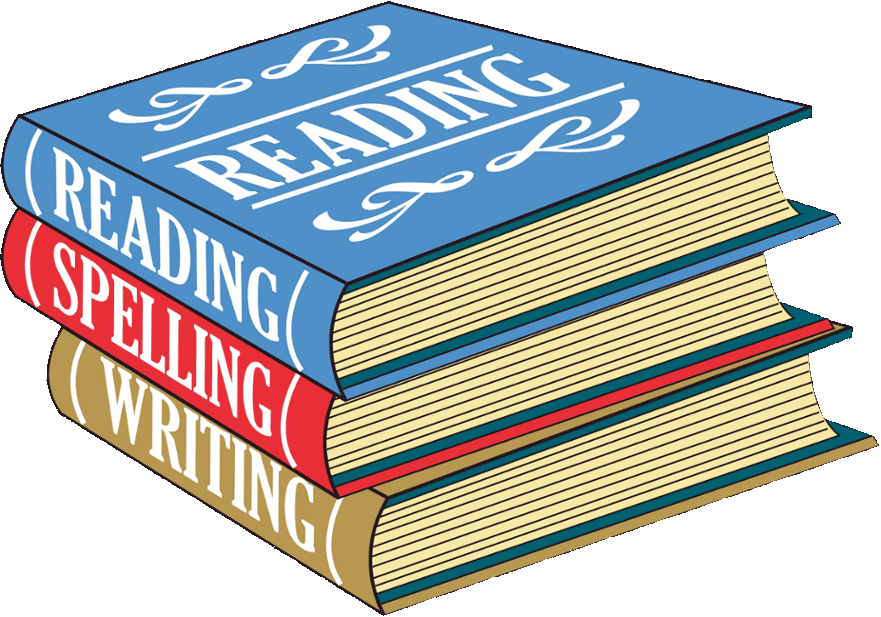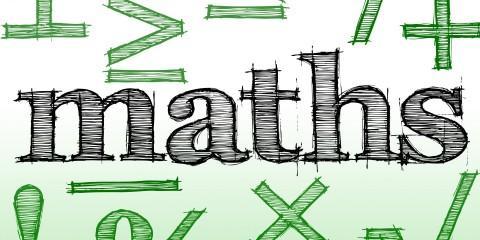Key Stage One (Year 2) SATs Support
SATs are national tests that children take twice during their primary school life. Firstly, at the end of Key Stage 1 (KS1) in Year 2, and then secondly, at the end of Key Stage 2 (KS2) in Year 6. These standardised tests are actually known as End of Key Stage Tests and Assessments, but most people know them as SATs (Standard Assessment Tests) .
SATs are an indicator of the progress your child has made at school so far. They are not a measure of whether your child is passing or failing; they simply show what level your child is currently working to.
At the end of Year 2, children take SATs in:
- Reading
- English grammar, punctuation and spelling
- Maths
|
|
KS1 SATs 2022 Guide for Parents | [pdf 5MB] |
|
|
|
2019 Information for parents assessment results at the end of key stage 1 | [pdf 1MB] |
|
Key Stage One (Year 2) SATs Timetable 2023
| Date | Activity |
|---|---|
| May 2023 | Key stage 1 test period |
Unlike KS2 SATs, KS1 SATs don't have to be administered according to a nationally-set timetable in a specific week. Schools are free to manage the timetable and will aim to administer the tests in the classroom in a low-stress, low-key way; some children won't even be aware they've taken them!
National Curriculum Tests (SATs) at Key Stage 1
Key Stage 1 Maths SATs
- Paper 1: arithmetic, worth 25 marks and taking around 15 minutes.
- Paper 2: mathematical fluency, problem-solving and reasoning, worth 35 marks and taking 35 minutes, with a break if necessary. There are a variety of question types: multiple choice, matching, true/false, constrained (e.g. completing a chart or table; drawing a shape) and less constrained (e.g. where children have to show or explain their method).
Children are not allowed to use any tools such as calculators or number lines.
Key Stage 1 Spelling, Punctuation and Grammar (SPaG)
Children taking Key Stage 1 SATs may also sit two separate papers in grammar, spelling and punctuation:
- Paper 1: a 20-word spelling test taking approximately 15 minutes and worth 20 marks.
- Paper 2: a grammar, punctuation and vocabulary test, in two sections of around 10 minutes each (with a break between, if necessary), worth 20 marks. This will involve a mixture of selecting the right answers e.g. through multiple choice, and writing short answers.
Key Stage 1 Reading
- Paper 1 consists of a selection of texts totalling 400 to 700 words, with questions interspersed
- Paper 2 comprises a reading booklet of a selection of passages totalling 800 to 1100 words. Children will write their answers in a separate booklet
Each paper is worth 50 per cent of the marks, and should take around 30 minutes, but children are not be strictly timed, as the tests are not intended to assess children’s ability to work at speed. The texts in the reading papers cover a range of fiction, non-fiction and poetry, and get progressively more difficult towards the end of the test. Teachers have the option to stop the test at any point that they feel is appropriate for a particular child.
There are a variety of question types:
- Multiple choice
- Ranking/ordering, e.g. ‘Number the events below to show in which order they happened in the story’
- Matching, e.g. ‘Match the character to the job that they do in the story’
- Labelling, e.g. ‘Label the text to show the title’
- Find and copy, e.g. ‘Find and copy one word that shows what the weather was like in the story’
- Short answer, e.g. ‘What does the bear eat?’
- Open-ended answer, e.g. ‘Why did Lucy write the letter to her grandmother? Give two reasons’
How will the tests be marked?
Although the tests are set externally, they are marked by teachers within the school. Children are given a scaled score. Their raw score – the actual number of marks they get – is translated into a scaled score (a conversion score that allows results to be compared year-on-year), where a score of 100 means the child is working at the expected standard.
A score below 100 indicates that the child needs more support, whereas a score of above 100 suggests the child is working at a higher level than expected for their age. The maximum score possible is 115, and the minimum is 85.
Teacher assessments are also used to build up a picture of your child’s learning and achievements. In addition, your child will receive an overall result saying whether they have achieved the required standard in the tests (your child's actual results won't be communicated to you unless you ask for them).
KS1 SATs Past Papers
| KS1 Past Papers | |
| KS1 SATs Papers co.uk |


